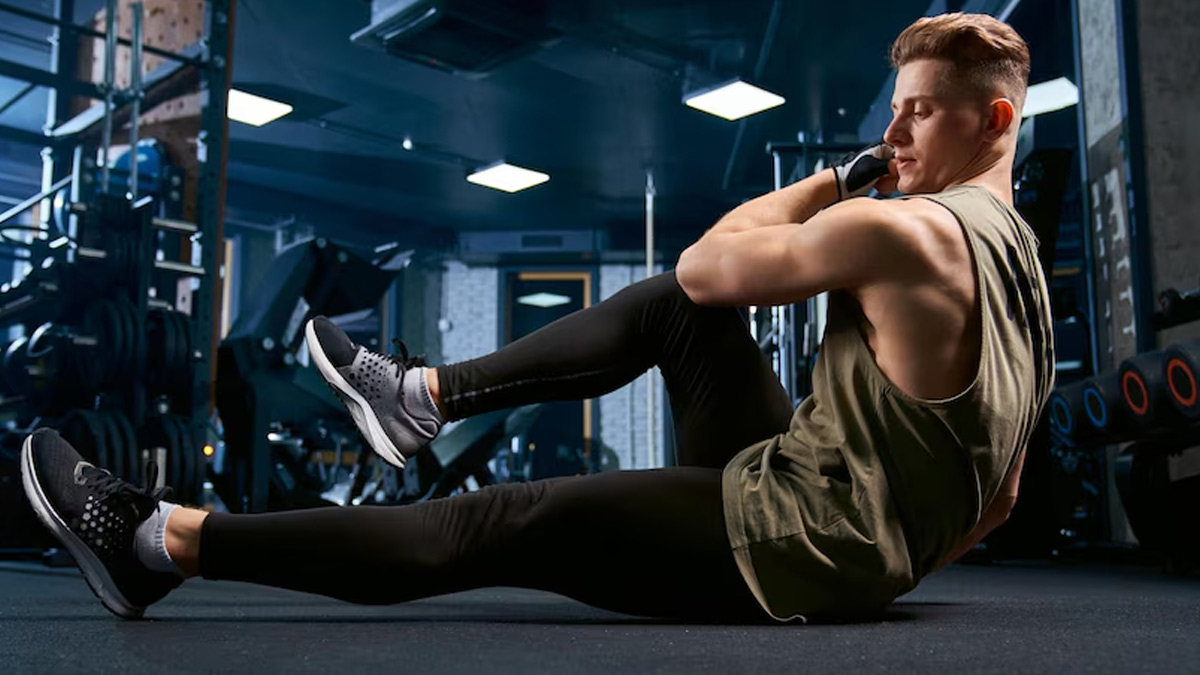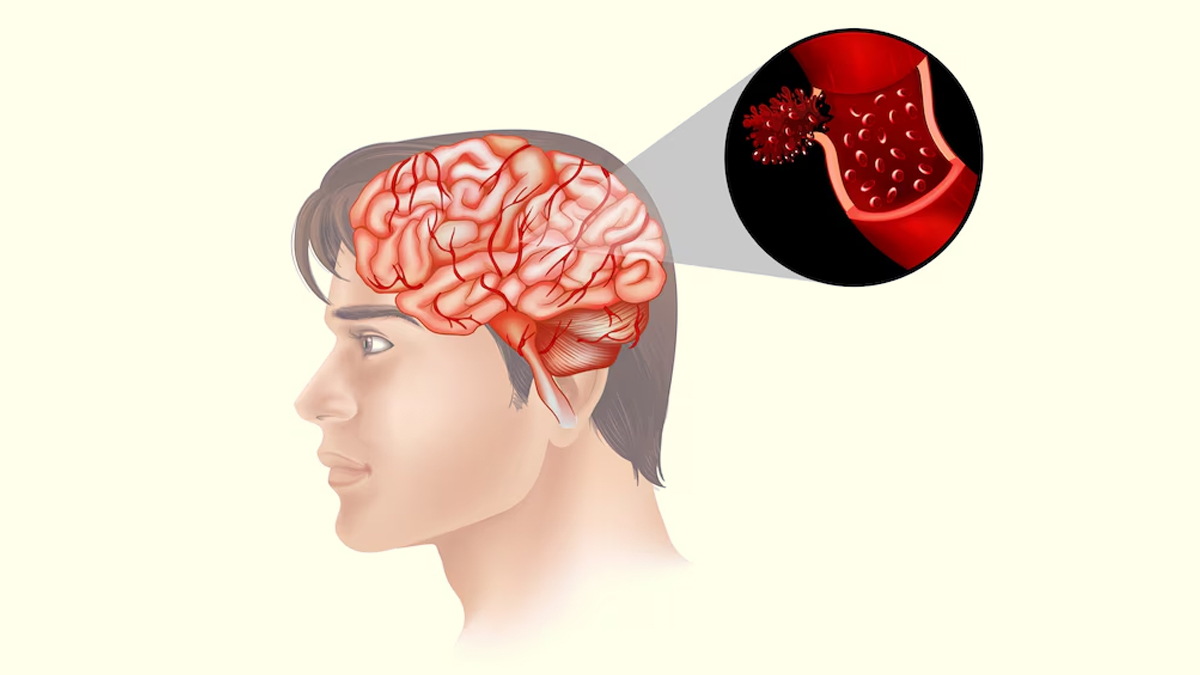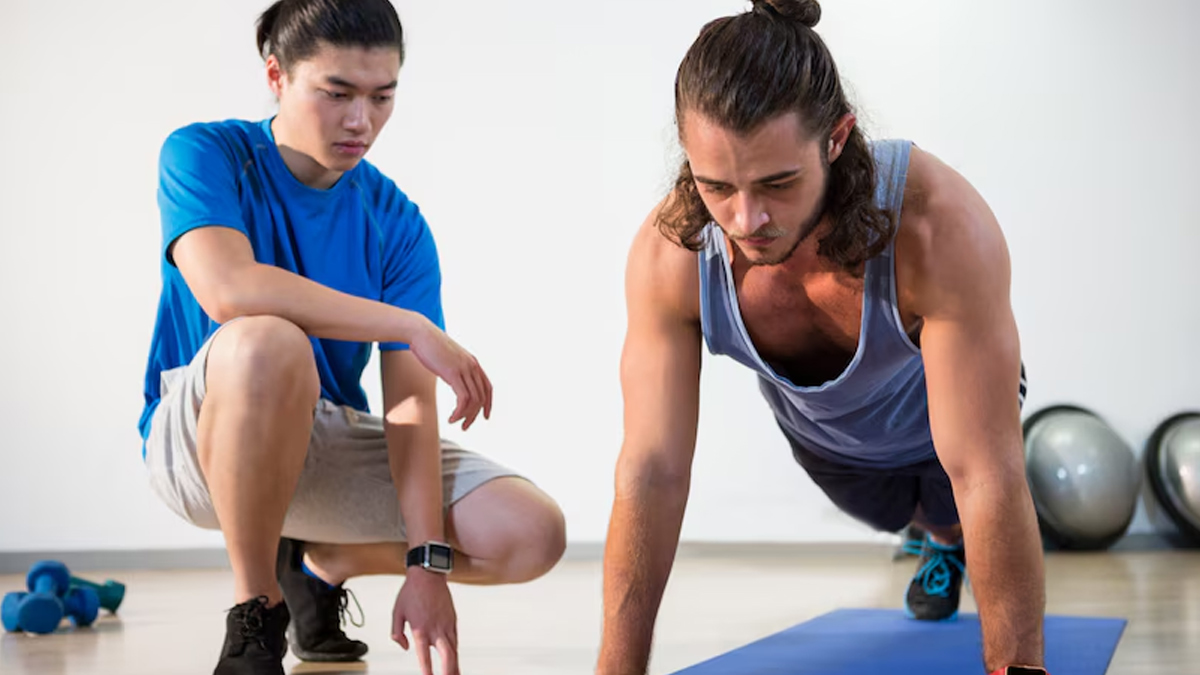
High-Intensity Interval Training (HIIT) has gained popularity for its efficiency and effectiveness in improving cardiovascular fitness and promoting weight loss. However, concerns have been raised about the potential risk of stroke associated with such high-intensity workouts.
Table of Content:-
To address these concerns, we consulted Dr Pawan Ojha, Director of Neurology at Fortis Hiranandani Hospital, Vashi, Navi Mumbai, who provides expert insights into the relationship between HIIT and stroke risk.
Understanding HIIT and Its Benefits

According to studies HIIT encompasses a variety of workouts characterised by repeated short bursts of intense aerobic exercise alternated with active recovery periods. This training method is lauded for its time efficiency and numerous health benefits. Dr Ojha highlights the advantages of incorporating HIIT into one's fitness regimen:
"HIIT workouts are very beneficial as they can help burn calories, cut down body fat, lower blood pressure levels, and improve insulin sensitivity and blood sugar levels."
One notable benefit of HIIT is its "afterburn" effect. Dr Ojha explains, "HIIT, being a high-intensity workout, has a carryover effect, and your metabolism can remain elevated for hours afterward, causing you to continue burning calories even after your workout is over."
Assessing the Risk of Stroke with HIIT

A stroke occurs when there is a significant interruption in blood flow to a part of the brain, leading to oxygen deprivation and potential brain tissue damage. This can result from either a blockage in blood flow (ischemic stroke) or the rupture of an artery in the brain (hemorrhagic stroke). Common symptoms include facial distortion, limb weakness, slurred speech, visual disturbances, and dizziness.
Regarding the potential link between HIIT and stroke, Dr Ojha provides reassurance, "While the risk of experiencing a stroke during or right after exercise is minimal, exercise at recommended levels is unlikely to cause one."
However, he notes that certain factors may influence this risk, "Physical activity can also help ward off stroke risk; a high-intensity physical activity may be a trigger factor for hemorrhagic stroke because of an increase in blood pressure during the activity."
Individuals with sedentary lifestyles or pre-existing health conditions should exercise caution. Dr Ojha emphasises, "Those who lead sedentary lifestyles are at an increased risk of stroke when they work out or after a workout. Engaging in moderate to strenuous activity can more than double the hourly risk of ischemic stroke."
Moreover, he points out specific anatomical considerations, "People who have blocked or constricted carotid arteries may experience strokes while they exercise."
Recommendations for Safe HIIT Practice
To minimise potential risks, especially for those new to high-intensity workouts or with existing health concerns, Dr Ojha offers the following guidelines:

Know Your Limits: During HIIT workout sessions, be conscious of your body's limit. Don't push yourself above your comfort zone and keep an eye on your heart rate by wearing heart rate monitors.
Proper Warm-Up and Cool-Down: The right warm-up and cool-down techniques help our body after strenuous exercise.
Gradual Progression: If you have not exercised for a long period of time, make sure to not overexert yourself. As your fitness level increases, start with less intense intervals and progressively raise the intensity.
Listen to Your Body: To avoid overexerting yourself, slow down or stop if you feel lightheaded, out of breath, or experience chest pain.
Consult Professionals: Always inform the instructor beforehand if you have any heart issues or other medical concerns that limit your ability to undertake high-intensity exercises. It is advisable to get professional advice prior to beginning HIIT.
Maintain a Supportive Diet: Maintain a healthy, energizing diet that will support intense exercise routines.
Allow Adequate Recovery: Take enough time off in between HIIT sessions to avoid overstressing and fatigue.
Stay Hydrated: It's imperative to stay hydrated for both safety and optimum performance. To replenish lost minerals due to perspiration, drink electrolytes.
Conclusion
HIIT offers a multitude of health benefits, including improved cardiovascular fitness, weight management, and enhanced metabolic function. While the risk of stroke associated with HIIT is minimal, it's crucial to approach such workouts with awareness and caution. By understanding personal limits, adhering to proper exercise protocols, and seeking professional guidance when necessary, individuals can safely incorporate HIIT into their fitness routines and enjoy its numerous advantages.
Also watch this video
Read Next
Smoking And Vision Loss: Understanding How It Increases The Risk Of Age-Related Macular Degeneration
How we keep this article up to date:
We work with experts and keep a close eye on the latest in health and wellness. Whenever there is a new research or helpful information, we update our articles with accurate and useful advice.
Current Version
